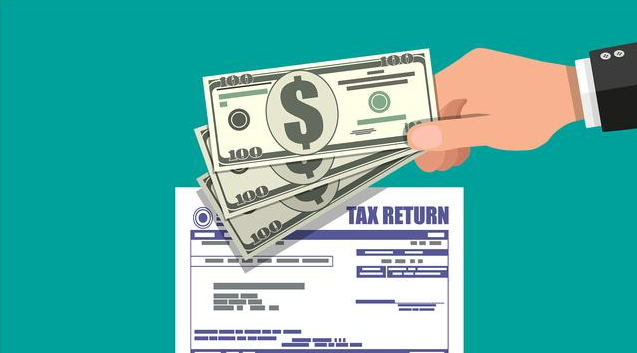- Remittance
- Exchange Rate
- Stock
- Events
- EasyCard
- More
- Download
How long does it take to remit money overseas? What are the things to pay attention to?
In today’s globalized world, overseas remittances have become an important part of business transactions and personal capital flows. How long it takes for overseas remittances to arrive and how to achieve fast and safe arrival are also issues that everyone is concerned about when handling remittance business. Before answering this question, let’s first understand several ways of overseas remittances.
Common overseas remittance methods
1. Bank telegraphic transfer
Bank telegraphic transfer is one of the most common overseas remittance methods. Using this method, the sender can send electronic instructions to the recipient’s bank through the bank to transfer funds to the recipient’s account.
The remitter needs to go to their own bank to fill out the overseas remittance application form and provide necessary information such as the recipient’s bank account info, SWIFT code, international bank account number, etc. The bank will charge a certain handling fee.
2. Offline remittance
Offline remittance includes checks and money orders. The remitter can handle checks/money orders at their own bank and then mail them to the payee or transfer them to the payee’s bank for cashing through an agent.
Checks/drafts need to correctly fill in the payee’s name, amount, date, and other information. The payee can deposit the check/draft into their bank account and wait for settlement.

3. Remittance tools
Some commonly used remittance tools can also be used for overseas remittances, such as BiyaPay, which is an international wallet that provides multi-asset transactions for users worldwide, including global payments and overseas remittances, as well as major investment services such as US/Hong Kong stocks, options, and digital currencies. Of course, BiyaPay can also be used as a professional deposit and withdrawal tool.
4. Online banking transfer
Some banks offer online banking services, allowing customers to make overseas remittances through online banking platforms. The remitter needs to log in to online banking and fill in relevant information such as the recipient’s information, remittance amount, and destination country on the designated interface.
Which way of remittance is faster?
Under normal circumstances, overseas remittances can be received within three to five working days. However, the arrival time of different remittance methods, remittance banks, and receiving banks is different. The actual time depends on the bank’s processing time. In some banks, small remittances can be received in real time.
If you want to achieve large and fast arrival, you can consider the remittance tool mentioned earlier. The most significant feature of BiyaPay is that it supports real-time exchange rate queries and exchanges of more than 20 legal currencies and more than 200 digital currencies (such as BTC, USDT). You can make local remittances anytime and anywhere in most countries or regions around the world, and the arrival speed is fast, the handling fee is low, and the amount is unlimited.
Common delay scenarios
To check if there are any outstanding remittances on your bank card, you can only do so at the bank counter or by calling the bank customer service hotline.
Generally speaking, the bank card remittance did not arrive, may be set to the other party after 2 hours to the account, 24 hours after the account, may also be the other party in the ATM machine cross-bank transfer, may also be because of weekends or holidays, the remittance party cross-bank large transfer, so the arrival time will be relatively late .
If the recipient urgently needs money, they can ask the remitter to cancel the transfer service at the bank, and then transfer the money through mobile banking. Mobile banking transfers are generally very convenient. Generally, mobile banking transfers are real-time and the transfer amount is also large.
How to ensure fast and successful arrival of funds?
1. Accurately fill in payee information
Include the payee’s full name, bank account number, SWIFT code, and complete bank name and address.
2. Choose the right remittance method
The arrival time of the above remittance methods varies. Please choose the appropriate method. In addition, different banks and payment institutions may charge different fees and may adjust the exchange rate. When choosing a remittance method, please carefully understand the relevant fees and exchange rates.
3. Compliance with Anti Money Laundering financing regulations
In some cases, banks may require detailed information about the purpose of the remittance. Make sure to provide accurate and legal instructions to comply with local Anti Money Laundering financing regulations.
4. Remittance time and traceability
Different remittance methods may require different time to complete and have different traceability. Choose the method that suits your needs and keep relevant records for verification.
The above content not only introduces the issue of overseas remittance arrival time, but also provides some suggestions and measures. Before conducting overseas remittance, it is recommended that everyone contact their commonly used bank or Financial Institution to understand the specific remittance process, requirements, legal and regulatory matters.

























